Sciatica Doctor Showdown: Comparing Treatment Options
Pain and paresthesias in the sciatic nerve distribution or a related lumbosacral nerve root are the hallmarks of the crippling ailment known as sciatica. Sciatica is a word that is frequently used erroneously to refer to low back pain or any type of radicular leg pain. Pain that is directly brought on by pathology of the sciatic nerve or sciatic nerve root is referred to as sciatica. The sciatic nerve is formed at the pelvis by the convergence of the nerve roots L4 through S2. With a diameter of up to 2 cm, the sciatic nerve is without a doubt the biggest nerve in the body. When a person flexes their lumbar spine while bending, twisting, or coughing, their sciatica pain often gets worse.
Moreover, the sciatic nerve indirectly supplies sensation to the plantar aspect of the foot as well as the posterior and lateral lower legs through its terminal branches. It's crucial to understand that the majority of sciatica cases are caused by an inflammatory illness that aggravates the sciatic nerve. On the other hand, direct compression of the nerve causes more severe motor dysfunction; this condition is uncommon, but if it does occur, a more rapid and comprehensive workup would be required.
Read More Now : The Future Of Pain Relief: Innovative Techniques In Jaipur
History and Physical
People who have sciatica usually have lumbar spine pain, which is almost always unilateral. One common feature is radicular pain to the ipsilateral extremity affected. Patients frequently describe burning or deep-seated pain in their buttocks, which is frequently accompanied by paresthesia. Ipsilateral leg weakness occurs less frequently. These patients may describe their affected leg as "feeling heavy." A straight-leg raise has variable sensitivity and specificity and may or may not be present, depending on the underlying cause. After being put in a comfortable supine position, the patient is given the straight-leg test, a passive examination.Next, maintaining the leg straight or fully extending the knee at the hip joint, the examiner raises the leg from the posterior aspect. A lumbar disc herniation, which can be replicated between 30 and 70 degrees of hip flexion, is usually the cause of back pain. A laterally compressed peripheral nerve is most likely the cause of leg pain and parenthesis. Musculoskeletal causes of pain typically mimic pain above 70 degrees of flexion and below 30 degrees of flexion, though they are not always exact.
Evaluation
Since sciatica is a diagnostic condition, a complete health record and physical evaluation are required. Imaging is not very helpful at first. Plain films of the lumbosacral spine can be used, if necessary, to check for a spinal condition or fractures. In the event that plain films reveal no fracture, a non-contrast CT scan could be performed to evaluate the situation. When conservative treatment fails to alleviate pain that has persisted for six to eight weeks, imaging should also be considered. The best imaging modality in this case is MRI. If the neurologic deficit is present or if a mass effect is suspected, an immediate MRI is the standard of care for identifying the cause of pain and ruling out urgent surgical pathology.
Causes of Sciatica
The most common cause of sciatica is the compression of the sciatic nerve, which can be caused by the herniated (or inflated) disc in the spine.
Possible extra causes of sciatic nerve pressure include the following:
- Being overweight
- Bad alignment
- Tumor
- Abscess
- Clot of blood
- Awkward posture when seated
- Any disorders of the nerves
There are situations when the cause of your sciatica is unknown.
Symptoms of Sciatica
The following are the most typical sciatica symptoms:
- Discomfort that radiates into your foot from the buttocks
- Numbness (in extreme situations)
- Weakness (in extreme situations)
Sciatica signs can mimic those of other illnesses or medical issues. To get the diagnosis, always visit your healthcare provider.
Complications of Sciatica
Since sciatica is brought on by stress on a spinal nerve, if the pressure is not discharged, problems could arise. The following are potential side effects of untreated nerve compression:
-
heightened discomfort
- A herniated and squeezed disc
- Weakness and loss of feeling in the afflicted leg
- Loss of bladder and stool excretion
- Irreversible nerve injury
Tests
Individuals who experience excruciating pain or pain that persists for several weeks may require:
X-ray
An excessive growth of bone that might be pressing on a nerve can be seen on a spine X-ray.
MRI
This process creates cross-sectional images of the back using radio waves and a strong magnet. Pinched nerves and herniated disks can be seen in an MRI's finely detailed images of the soft tissues and bones.
CT scan
A dye may be injected into the spinal canal prior to X-rays being taken in order to facilitate a CT scan (CT myelogram). Subsequently, the dye distributes throughout the spinal cord and spinal nerves, increasing their visibility on the pictures.
The electrocardiogram, or ECG
This test records both the muscle responses and the electrical impulses generated by the nerves. This examination can verify the degree of damage to a nerve root.
Treatment
In the event that self-care techniques prove ineffective in reducing pain, the following therapies might be beneficial.
Medications
The following drug classes are potential remedies for sciatica pain:
- Anti - inflammatory medications
- Corticosteroids
- Medications that combat depression
- Antiepileptic medication
- Opioids
- Applying heat or cold to the aching muscles
- Mobility: Keeping your body moving reduces inflammation
Physical Therapy
After the patient's pain has subsided, a medical professional can design a program to help prevent additional injuries. This usually includes exercises to strengthen the core, increase range of motion, and correct posture.
Injections of steroids
In certain cases, an injection of corticosteroids into the area around the painful nerve root may be beneficial. Pain is often relieved with a single injection. Up to three may be given in a year.
Surgery
The bone spur or the section of the herniated disk pressing on the nerve can be removed by surgeons. Surgery is typically reserved for cases of severe weakness, loss of control over the bowel or bladder, or pain that is not responsive to conservative therapy due to sciatica.
Conclusion
Analyzing the results of sciatica sufferers is challenging. Since every surgical study uses a different set of metrics to determine a successful outcome, the results are either overstated or misrepresented. Patients who experience pain for longer than six months after surgery generally achieve less favorable results than those who experience pain for shorter than six months. While some studies show rates of recovery exceeding 75%, others show cure rates falling below 50%. Sciatica can now be treated with a number.Regardless of the immediate outcome, the majority of sciatica, which patients who are experience recurring or remaining pain over time.















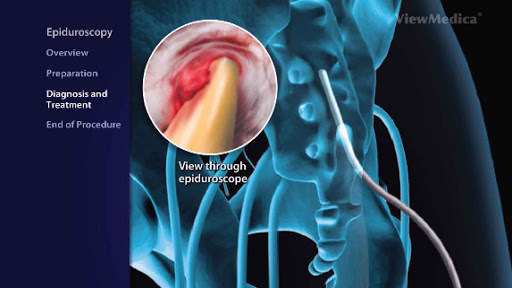

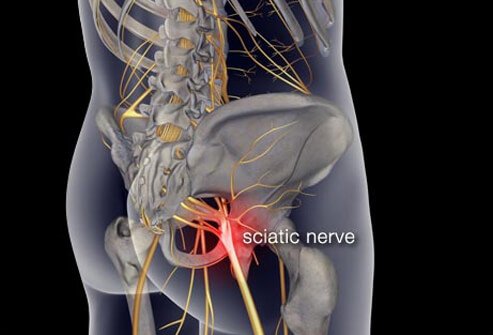



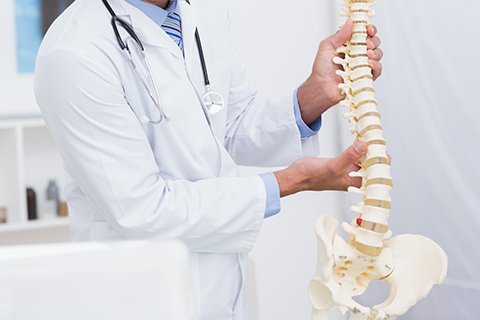











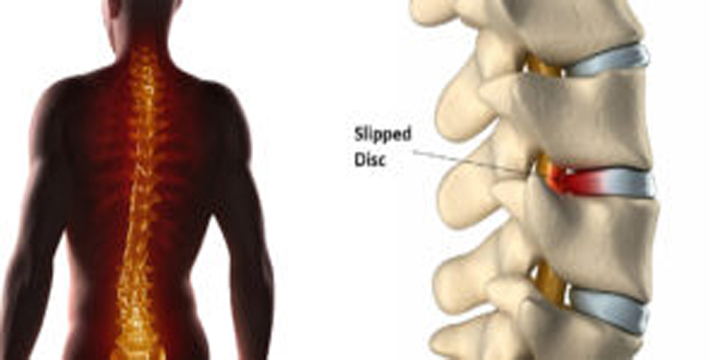
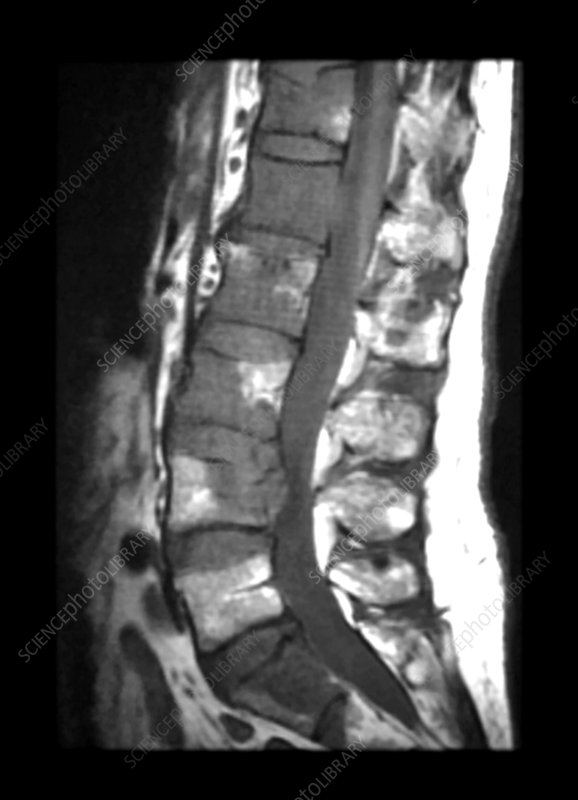































.jpg)





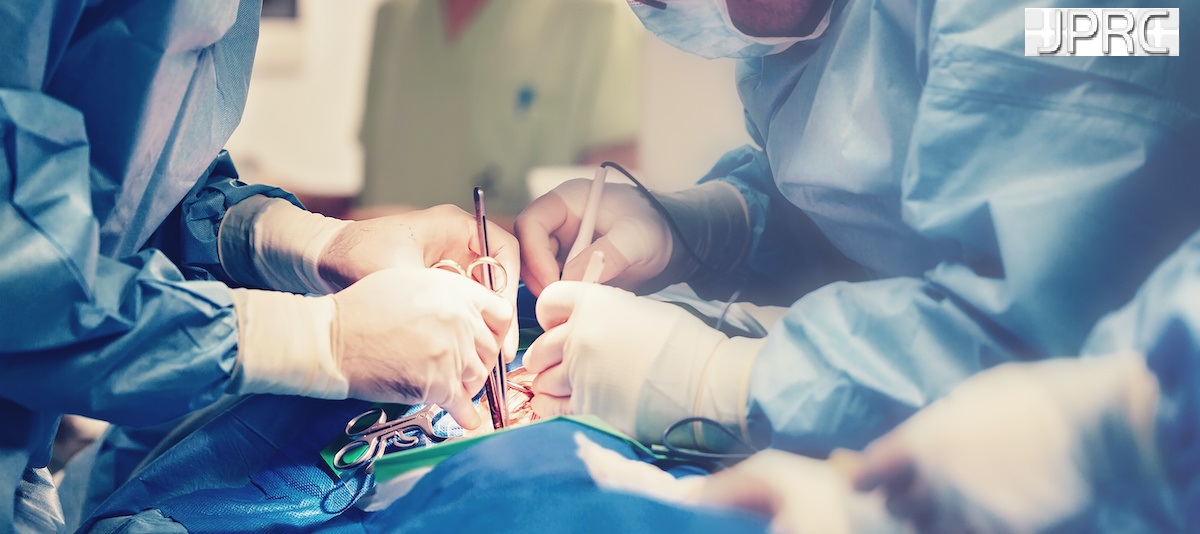





_Injection_Description_in_Hindi.jpg)


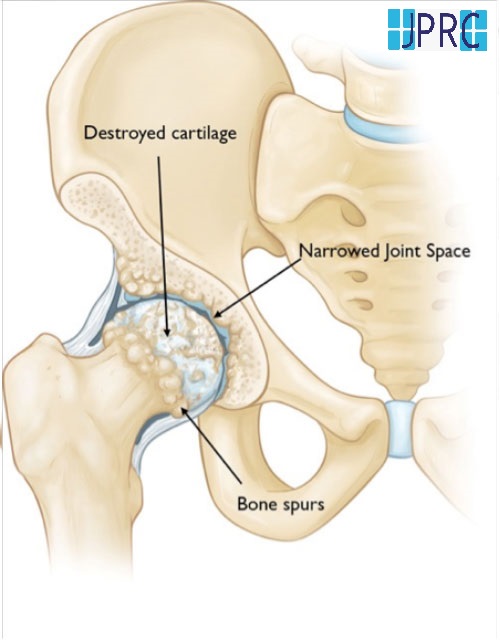
















.jpg)










.jpg)




.jpg)
.jpg)
.jpg)







.jpg)
.jpg)
.jpg)
.jpg)
.jpg)
.jpg)
.jpg)
.jpg)
.jpg)
.jpg)
.jpg)
.jpg)
.jpg)
.jpg)
.jpg)
.jpg)
.jpg)
.jpg)
.jpg)
.jpg)
.jpg)
.jpg)
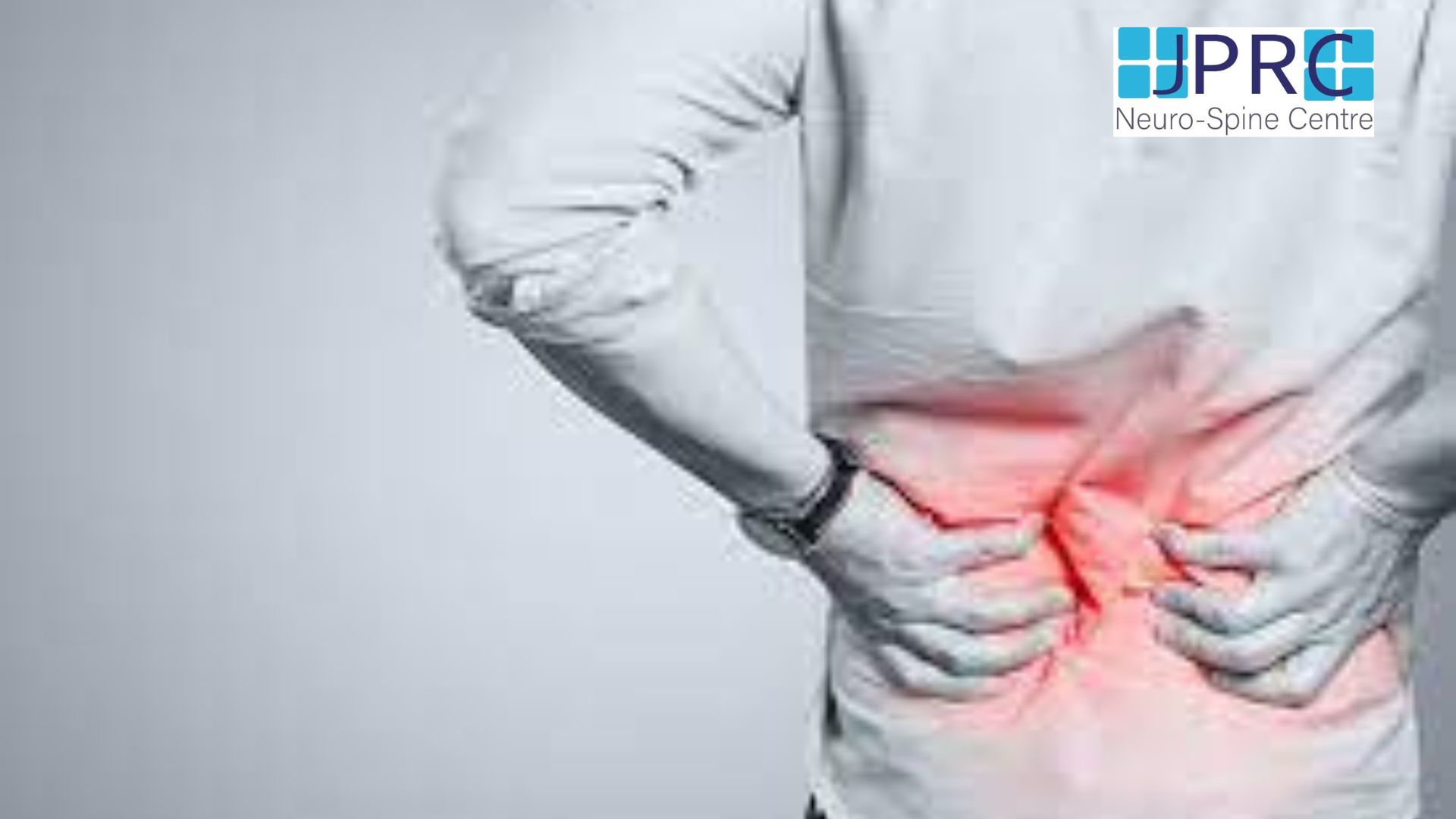





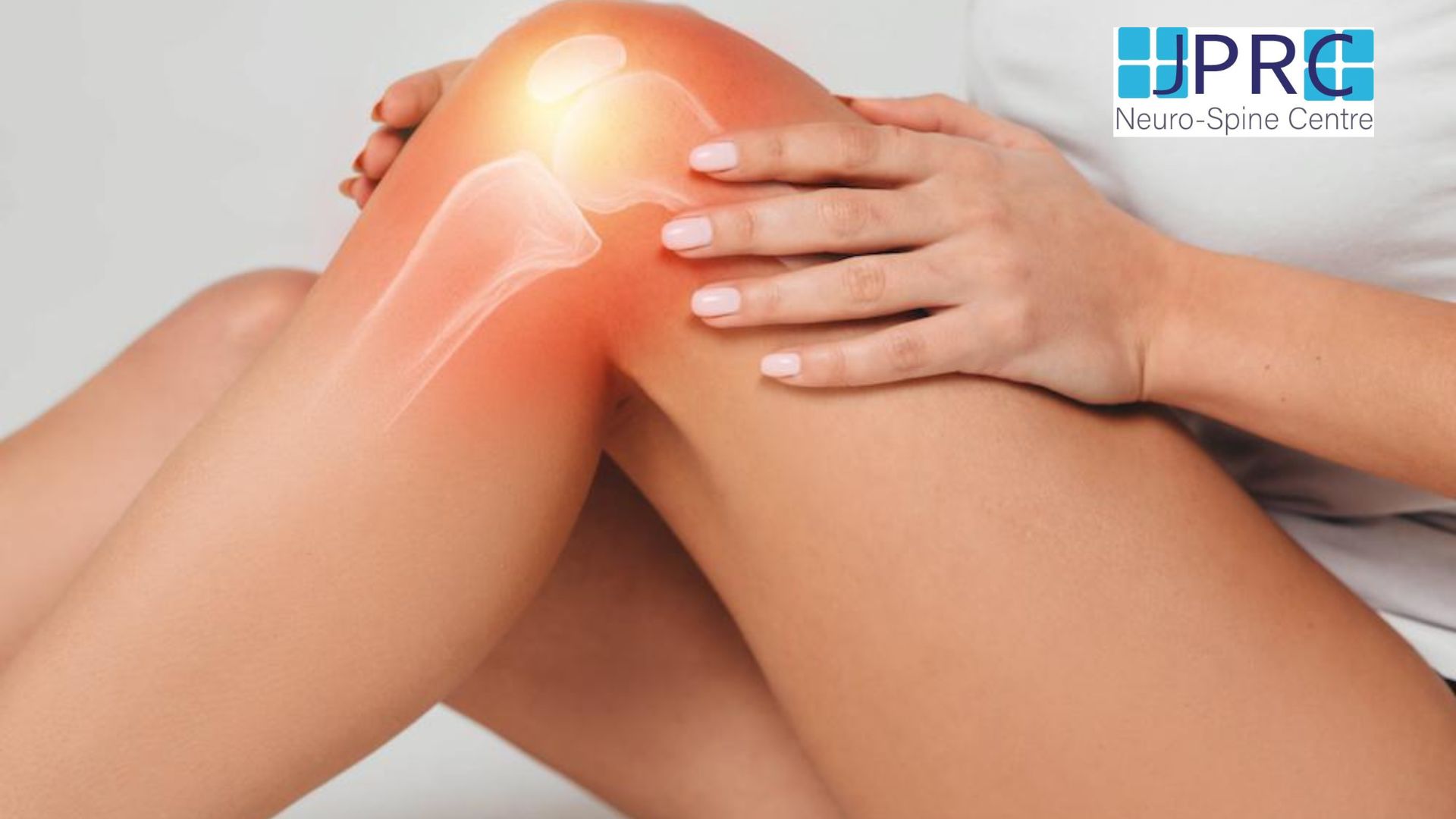

1.jpg)
1.jpg)

1.jpg)
1.jpg)
1.jpg)
1.jpg)
1.jpg)










2.jpg)
3.jpg)


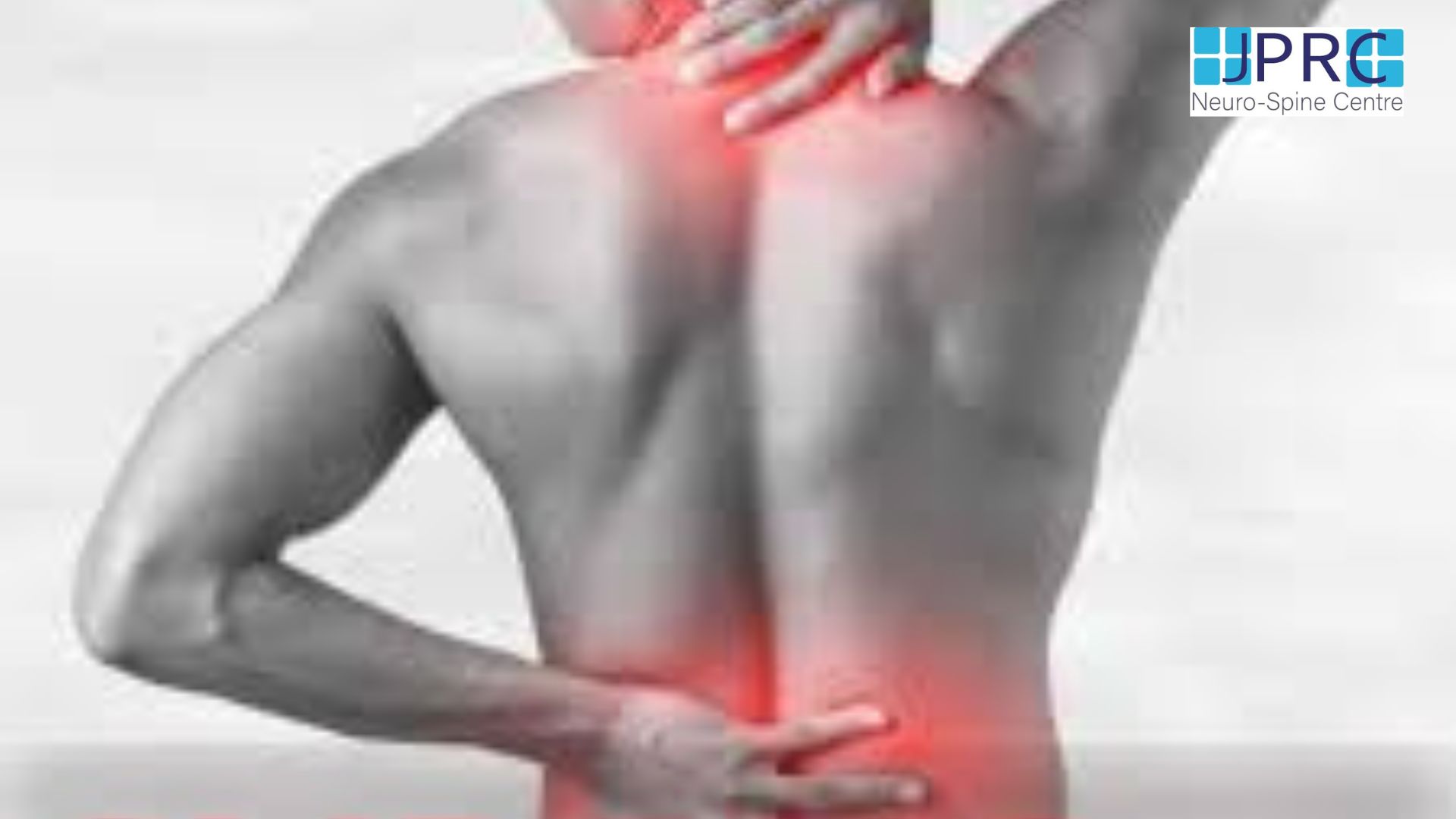
4.jpg)
1.jpg)
2.jpg)

5.jpg)

6.jpg)

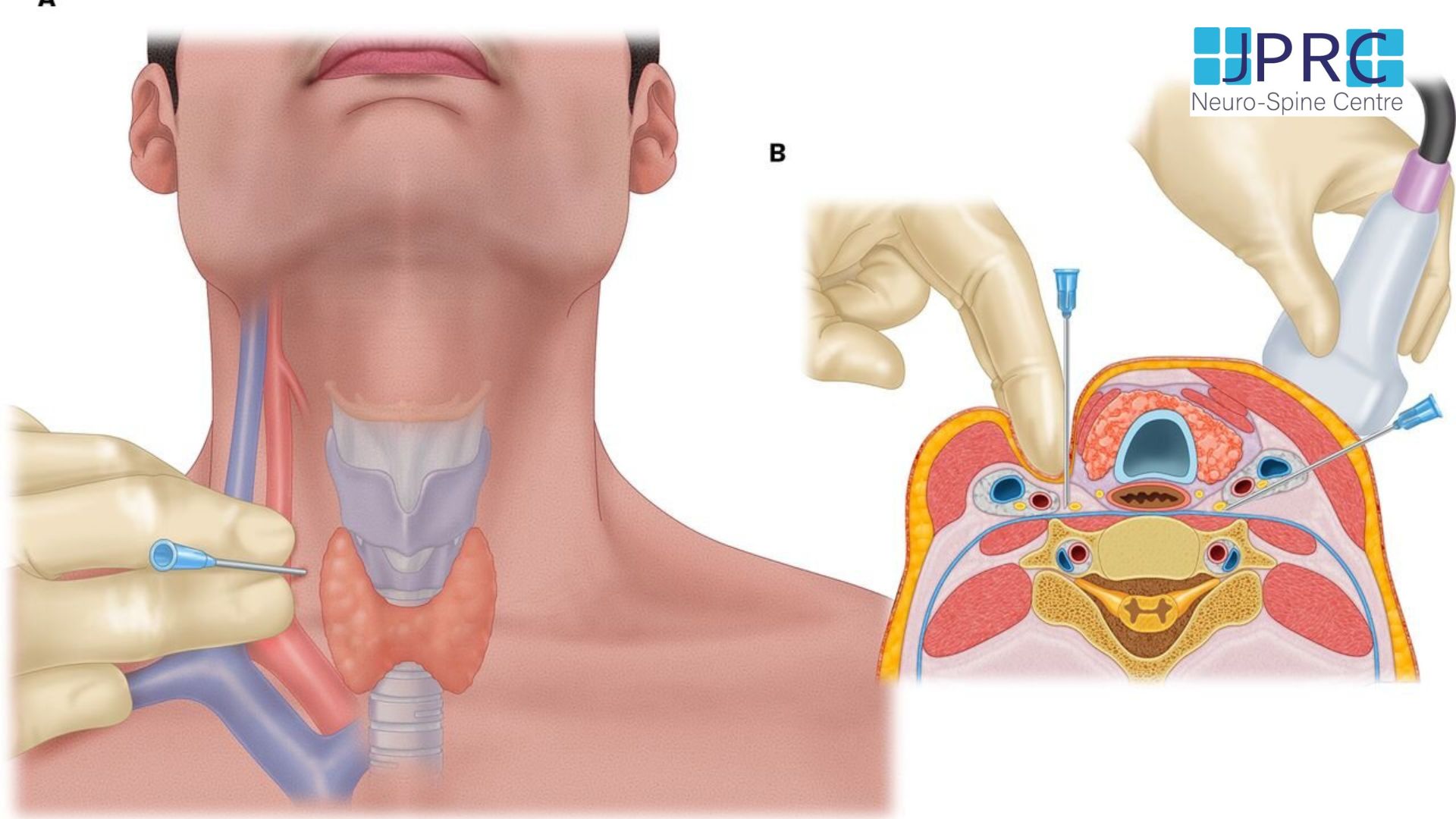


7.jpg)
2.jpg)

8.jpg)

9.jpg)
3.jpg)

10.jpg)

11.jpg)


12.jpg)
4.jpg)





























